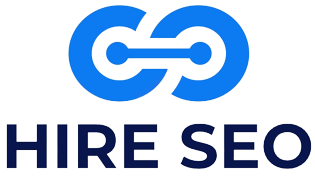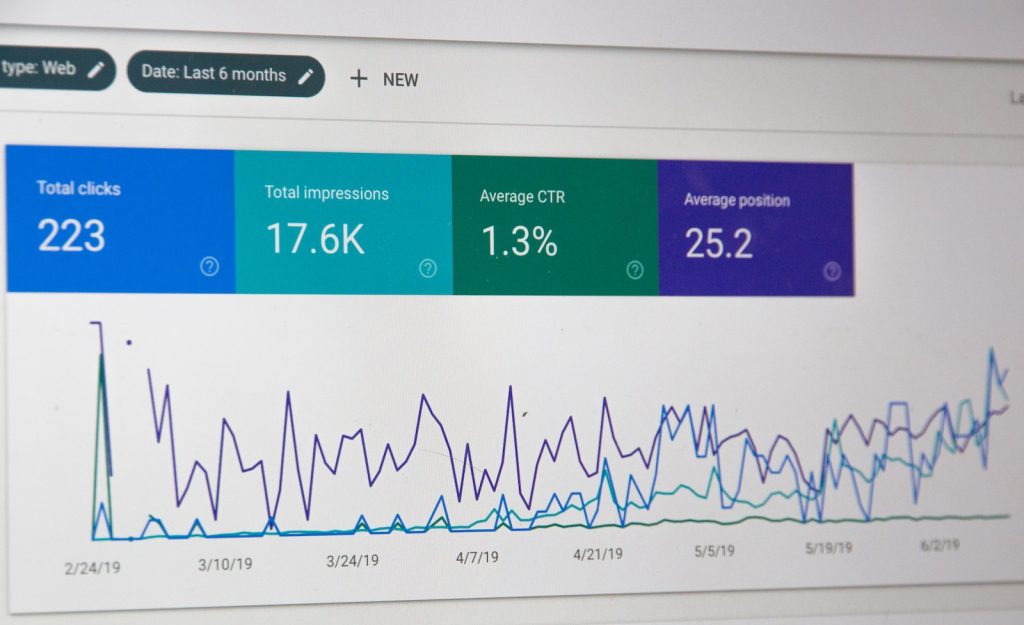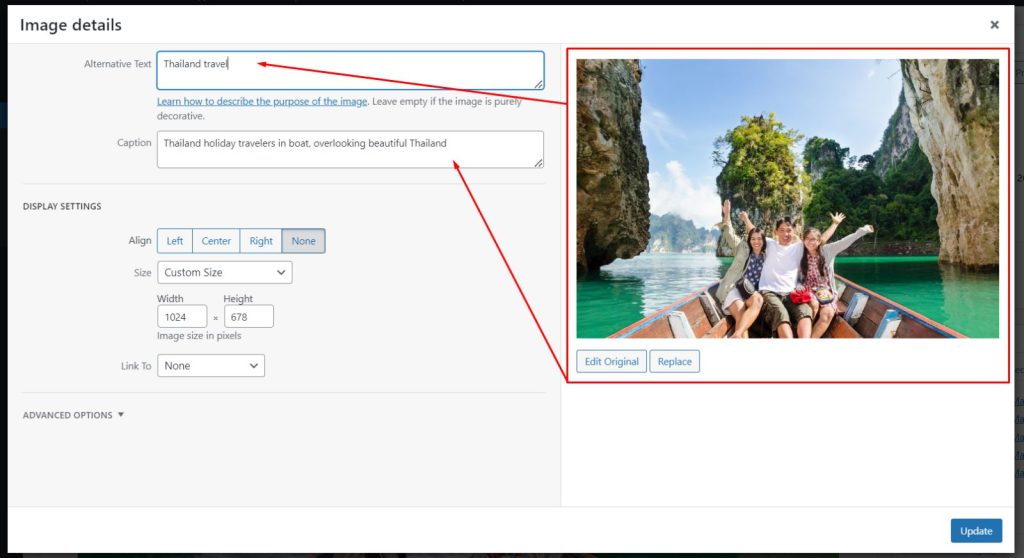Creating SEO friendly content is essential for increasing the visibility and ranking of your WordPress website. By optimizing your content for search engines and incorporating relevant keywords, you can attract more organic traffic and engage with your target audience effectively. In this blog post, we will explore various strategies and best practices for creating SEO friendly content on your WordPress website to improve your online presence and drive more traffic to your site.
Hire us To Optimize your Content-friendly
Optimizing Your Content for Search Engines
Researching and incorporating relevant keywords into your content is crucial for SEO success.
Creating high-quality, unique content that provides value to your audience can increase your website’s visibility.
Utilizing header tags (H1, H2, etc.) and optimizing meta titles and descriptions can improve your search engine rankings.
Regularly updating and refreshing your content can signal to search engines that your website is active and valuable.
Utilizing Relevant Keywords in Your Articles
Conducting keyword research to identify popular and relevant terms in your industry is essential.
Using long-tail keywords can help target specific audience segments and improve your content’s visibility.
Integrating keywords naturally into your content without keyword stuffing is key to maintaining readability and SEO value.
Monitoring keyword performance and adjusting your strategy based on analytics can optimize your content for search engines.
Crafting Compelling Headlines for Better SEO
Creating attention-grabbing headlines that accurately reflect your content can increase click-through rates.
Incorporating target keywords into your headlines can improve your content’s search engine visibility.
Testing different headline variations to see which ones resonate best with your audience can enhance SEO results.
Using power words and emotional triggers in headlines can evoke reader interest and engagement with your content.
Structuring Your Content for Easy Reading and Navigation
Organizing your content into clear sections with headings and subheadings can improve readability and user experience.
Using bullet points, lists, and visuals can break up large blocks of text and make your content more digestible.
- Include internal links to related content to keep users engaged on your website and improve SEO.
- Optimize images for faster loading times and add captions to enhance readability.
Incorporating Internal and External Links for SEO Value
Internal linking to other pages on your website can improve site structure and help search engines index your content.
Including relevant external links to credible sources can add context and authority to your content.
Regularly reviewing and updating your links to ensure they are still relevant and functional is important for SEO.
Balancing the number of internal and external links in your content can maintain a healthy link profile and improve SEO performance.
Using Meta Descriptions to Improve Click-Through Rates
Crafting unique and compelling meta descriptions that accurately summarize your content can entice users to click.
Incorporating relevant keywords in your meta descriptions can improve search engine visibility.
Keeping meta descriptions concise and informative can help users understand the content at a glance.
Optimizing meta descriptions for different devices and search engines can enhance user experience and click-through rates.
Leveraging Alt Text for Images to Boost SEO
Adding descriptive alt text to images can improve accessibility for visually impaired users and enhance SEO.
Incorporating relevant keywords in alt text can help search engines understand the context of your images.
Using alt text to provide additional information or context about the image can enhance user experience.
Optimizing image filenames and captions along with alt text can further boost your content’s SEO value.
Creating Engaging Multimedia Content for SEO
Integrating videos, infographics, and other multimedia elements can increase user engagement and time spent on your website.
- Using multimedia content to supplement text can appeal to different learning styles and enhance content depth.
- Optimizing multimedia files for SEO by adding relevant keywords and captions can improve visibility.
- Regularly updating and refreshing multimedia content can keep your website dynamic and attract new visitors.
Implementing SEO Best Practices for WordPress Websites
When it comes to optimizing your WordPress website for search engines, there are several best practices you can implement to improve your SEO performance. Here are some key strategies to consider:
1. Installing SEO Plugins
Consider installing SEO plugins like Yoast SEO or All in One SEO Pack to streamline optimization tasks and provide guidance on improving your website’s SEO.
2. Optimizing Website Speed and Mobile Responsiveness
Ensuring your website loads quickly and is mobile-responsive is crucial for both user experience and SEO rankings. Use tools like Google PageSpeed Insights to identify areas for improvement.
3. Maintaining Website Security
Implementing security measures such as SSL certificates and regular updates can protect your website from potential security threats and improve SEO rankings.
4. Monitoring Website Health
Regularly check for broken links, update plugins, and monitor website performance to ensure your WordPress site is running smoothly and is optimized for SEO.
5. Utilizing Schema Markup and Sitemaps
Consider implementing schema markup to provide search engines with additional information about your content. Creating XML sitemaps can also help search engines crawl and index your website more effectively.
6. Analyzing Performance Data
Use tools like Google Analytics to track key metrics such as traffic, engagement, and conversions. Analyzing this data can provide valuable insights into the effectiveness of your content and SEO strategies.
By consistently implementing these SEO best practices for your WordPress website, you can improve your search engine rankings and enhance the overall performance of your site.
Monitoring and Analyzing Your Content Performance
Using tools like Google Analytics to track key metrics such as traffic, engagement, and conversions can assess content performance.
Setting up goals and tracking events can provide insights into user behavior and content effectiveness.
Analyzing keyword rankings, backlink profiles, and social media metrics can inform content optimization strategies.
Regularly reviewing performance data and adjusting content based on insights can improve SEO outcomes and overall website success.
Conclusion
Creating SEO friendly content on your WordPress website is essential for increasing visibility, attracting a larger audience, and driving organic traffic. By incorporating relevant keywords, crafting compelling headlines, structuring your content for easy reading, utilizing internal and external links, optimizing meta descriptions and alt text, and creating engaging multimedia content, you can enhance your website’s SEO performance. Implementing SEO best practices and monitoring content performance using analytics tools will help you continuously improve and adapt your content strategy to meet the ever-changing search engine algorithms. Remember, SEO is an ongoing process, so staying proactive and informed is key to successfully navigating the digital landscape.



